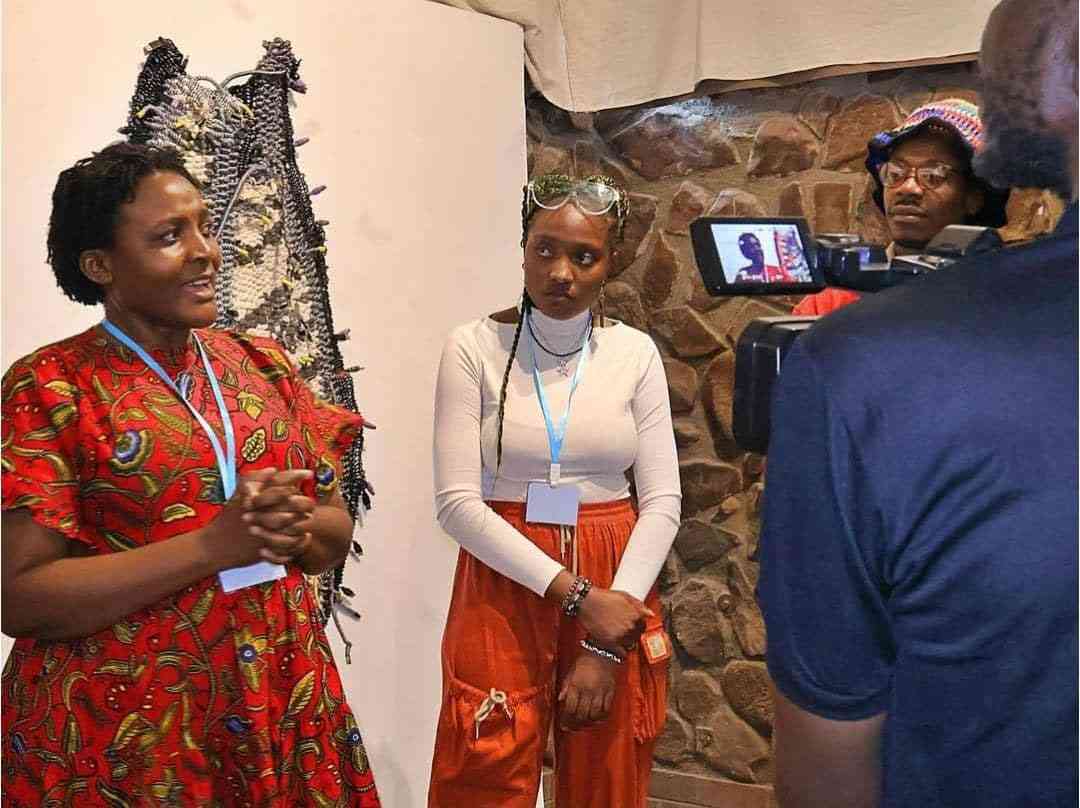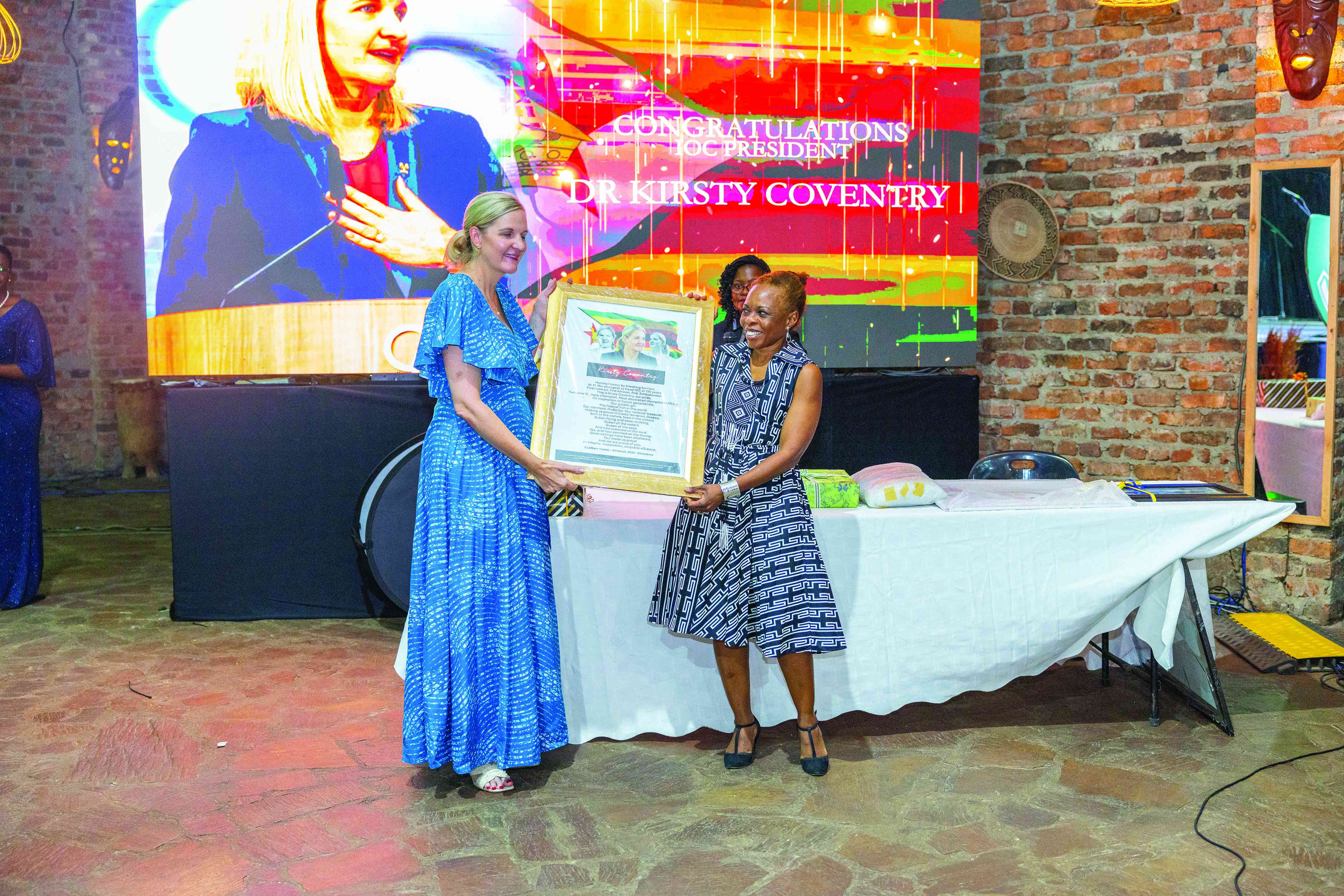
MBARE Art Space, a cutting-edge art hub situated in a historic, repurposed colonial-era beer garden in Mbare, Harare, has transformed into a vibrant space where local artists explore their craft and hone their artistic practices over its five-year existence.
On January 20, the space unveiled its latest exhibition, "EcoArt - Green Colonialism," featuring three emerging local artists: Kimberly Tatenda Gakanje, Nkosiyabo Frank, and William Kachinjika.
Notable guests at the opening included a delegation from the University of Amsterdam, led by Professor Eileen Moyer, as well as Fadzai Muchemwa, curator for contemporary art at the National Gallery of Zimbabwe; Mbare Art Space trustee Nora Müller; Linda Musariri, an anthropologist of data and technology at the University of Amsterdam; and Reggemore Marongedze and Ignatious Mabasa from the University of Zimbabwe.
Curated by internationally acclaimed soft sculpture artist Moffat Takadiwa, the exhibition runs until February 19.
It is a creative exchange between the artists and the University of Amsterdam Institute for Social Science Research.
According to the exhibition's curatorial statement, in recent years, contemporary African artists have gained academic recognition and are increasingly asked to lend their voices to urgent global issues.
“The exhibition, which examines the ecological and socio-political aspects of 'green' energy transitions in Southern Africa, is a great testament of this shift,” the statement reads in part.
“Their intention (the artists) is to pose challenging questions about the resources that are extracted from their country by the West and the East, something that has become more of a curse than a blessing.
“Africa has become a hunting ground of green energy sources such as lithium; however, the extraction methods remain questionable. The troubling trend is for these resources to be extracted for external benefit, and only return to die on the soil they came from, as the West still struggles to control waste management and how to dispose of these facilities.”
Through his Three Sisters Series I, II and III, Kachinjika weaves discarded materials, including ropes, cloth, tobacco twine, WiFi cables, LED lights and USB cables to create large sculptures.
Speaking of his earliest influences, the artist shared with IndependentXtra that he was inspired by his grandmother’s crochet work.
“She is the person who inspired my technique. She used to crochet jerseys and also weave blankets. l used to observe her each and every day. To me, using materials such as ropes, mutton cloth and cables is similar to writing stories for myself and those of my community,” she said.
Musariri wishes to build connections with fellow Zimbabwean researchers. He spoke passionately about the role Southern Africa plays in the global energy transition, as it is rich in minerals crucial to renewable energy.
According to her, the region's green energy boom may, however, lead to a repetition of historical patterns of inequality, land dispossession and environmental degradation associated with its extractive history.
Green extractivism emphasises how resource exploitation under sustainability narratives can perpetuate social, environmental and epistemic injustices.
The workshops she conducts critically examine the concepts of "green colonialism" and "energy colonialism," emphasising the urgency of equitable land-use policies, community-centred governance, and inclusive frameworks that embrace marginalised voices.
They also address entrenched power dynamics and challenge traditional knowledge hierarchies. It is through such methods that lived experiences are illuminated, power imbalances are interrogated, and inclusive knowledge production is fostered in the southern African context.











